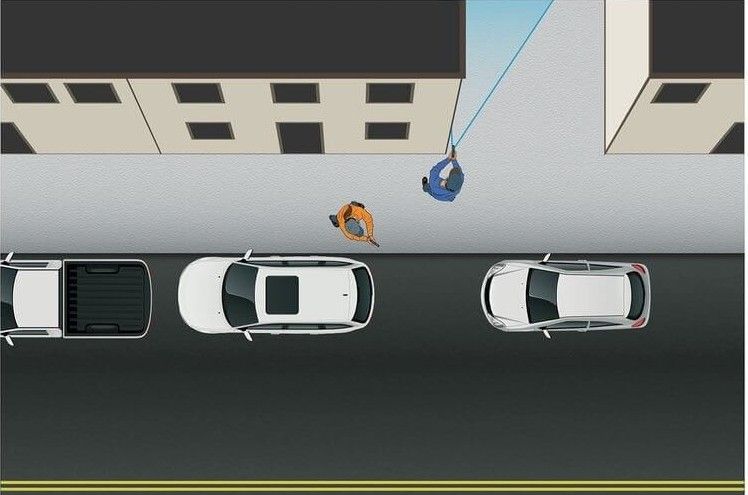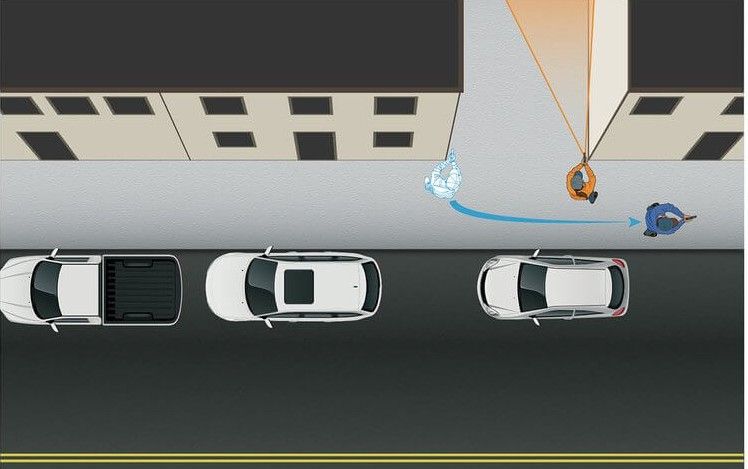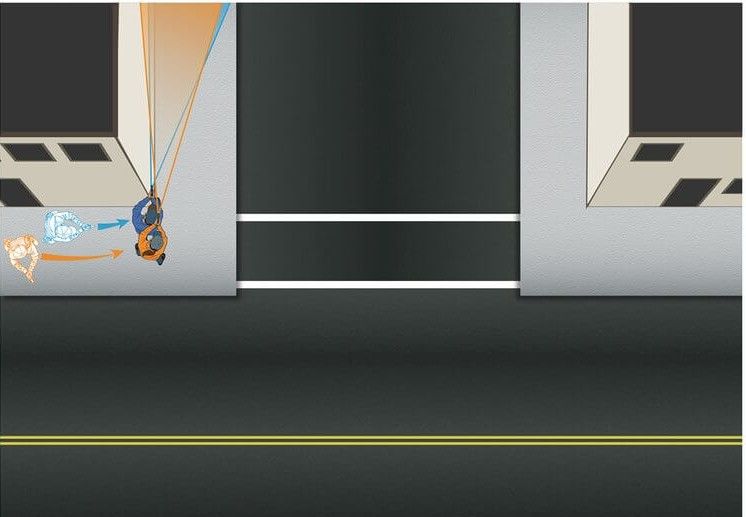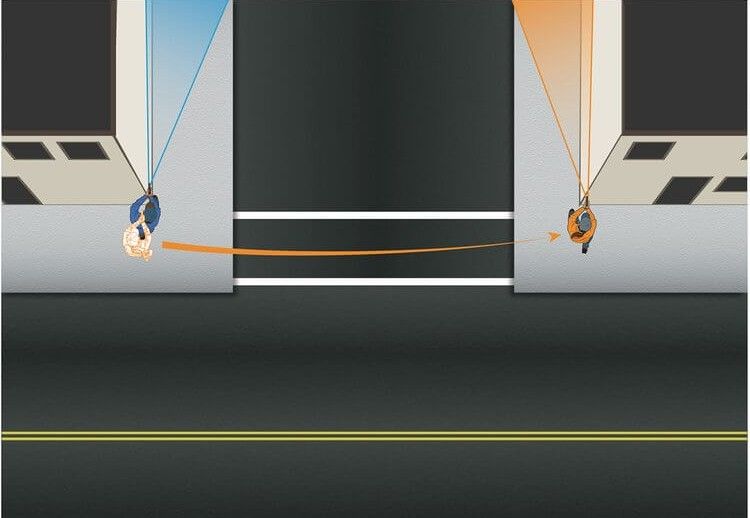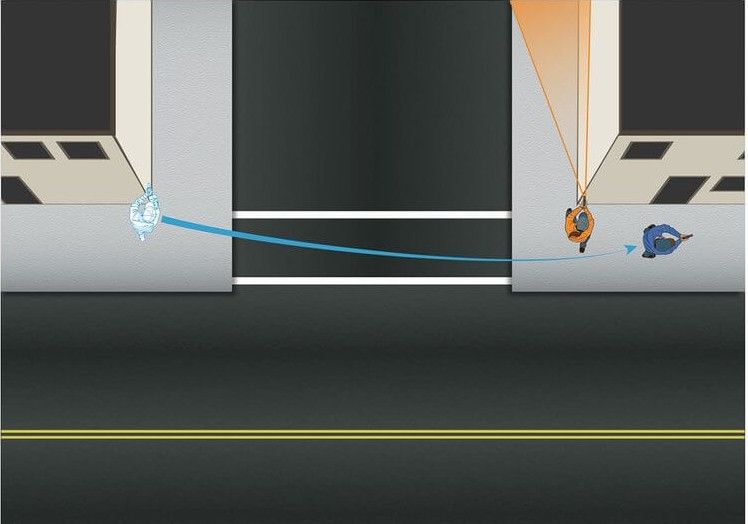The most critical question when moving between buildings is whether or not you are under fire.
If you are not under fire, depending on the environment you can move down the street with your partner with weapons holstered or at the ready.
If you take hostile fire, you must employ more deliberate maneuver in order to minimize exposure. As always, the first option is to escape the situation and create distance between you and the threat.
When maneuvering, it is best to move away from the adversary and encourage others to escape, covering them as they move. When maneuvering under fire, you must strive to always have one person who is moving while the other person provides cover.
You should avoid trying to move and shoot at the same time while exposed in the street without cover or concealment. Instead of trying to move and shoot at the same time, which greatly reduces accuracy, you should sprint as quickly as possible to the next covered position and then return fire from a more stable firing platform. This will reduce your exposure, increase your shooting accuracy, help you conserve ammunition and reduce your chances of accidentally shooting an innocent person.
When fighting in the street, you should always take maximum advantage of cover and concealment. This is the single most important factor that can improve your chances of survival. You should take cover behind solid walls or cars, rather than objects like bushes, wooden benches, mailboxes or lampposts which offer partial concealment but inadequate protection. Even a curb can provide some limited protection against bullets.
When using vehicles for cover, you should position yourself behind the engine block or wheel well for maximum protection.
Next, we'll discuss the steps of crossing alleys and streets.
The following technique is used for a two-person team.
STEP 1 - Establish Near-Side Security.
If you are taking fire from an alley but have to cross it, the lead person will move to the corner and take up a covered firing position to provide cover down the alley, as shown in the illustration.
STEP 2 - Sprint Across.
Once your near side security is established, the second person (orange) will sprint across the alley, as shown in the illustration.
STEP 3 - Establish Far-Side Security.
When the second person (orange) reaches the far side, he/she will stop at the corner and take up a covered firing position to provide cover down the alley. At this point, with the far side security now established, the first person (blue) can drop coverage and sprint across the alley to rejoin his/her partner, as shown in the illustration.
Crossing a wide street under fire is similar to crossing an alley. Be aware, however, that you should cross a street under fire only if absolutely necessary. It is usually better to remain in place and engage threats from behind a position of cover.
The following technique is used for a two-person team.
STEP 1 - Establish Near-Side Security.
As the you approach the street, the lead person will take a knee and the second person will move behind to execute a “high-low” clearing technique around the corner and cover down the street, as shown in the illustration.
STEP 2 - Establish Far-Side Security.
After executing the high-low technique and engaging/suppressing any threats down the street, if it appears safe to do so, the standing person can sprint across the street as quickly as possible and assume a covering position on the far side, as shown in the illustration.
STEP 3 - Sprint Across & Regroup.
Once far side security is established, if it appears safe to do so, the person covering the near side (blue) can then sprint across the street as quickly as possible to join his/her partner on the other side of the street, as shown in the illustration.

